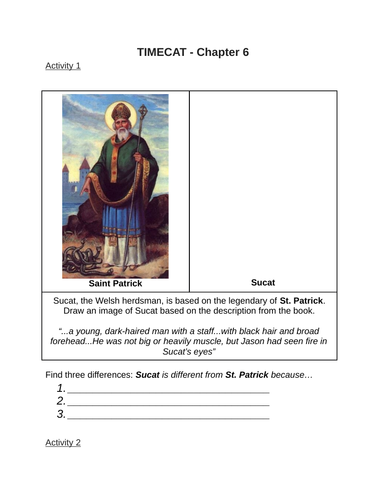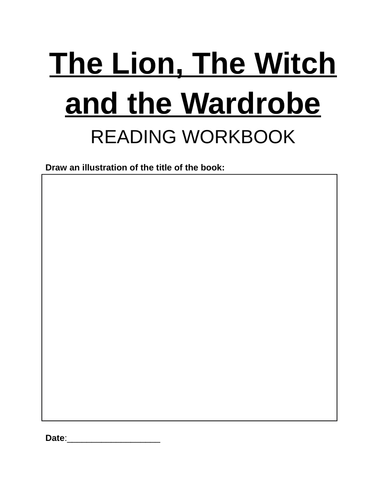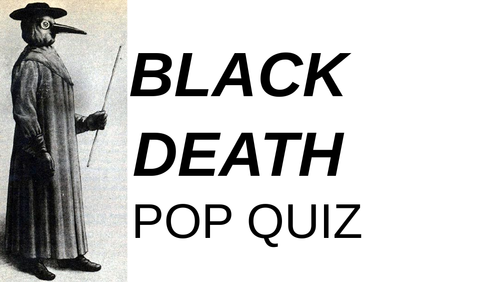26Uploads
6k+Views
1k+Downloads
All resources

Linear Debate Model
This detailed powerpoint explains how to organise a linear debate, using the example debate topic ‘Which is better, book or movie?’.
This debate style allows every member of the class to participate in the debate, not needing the class to be divided into smaller groups; this makes assessment of debate participation simple as each student speaks individually, but allows team group work to prepare arguments and rebuttals. This activity can easily be modified to any text or topic.

Debate
This resource is a PowerPoint explaining the structure of a classroom debate using Cambridge debate organisation, with a grading criterion included. Slides also explain how to construct an argument when debating as a team, and a debate game ‘Sitting on the fence’ to help students practise.
Debate structure:
Simply choose a debate topic, divide the class in two teams with four judges. Judges watch debate, with each judge assigned to certain students to assess performance using criteria included on slide. Students debating each have assigned role, Introduction (introducing the debate topic), Debate points (arguing one relevant point in favour of their argument), and the Rebuttal (listens to opposing team and rebuts their ideas as final points). At end, judges given 5 minutes to determine which team has the most points. Teacher can moderate debate and time students to maintain flow of debate.

Classroom Debate
This resource is a PowerPoint explaining the structure of a classroom debate using Cambridge debate organisation, with a grading criterion included. Slides also explain how to construct an argument when debating as a team, and a debate game ‘Sitting on the fence’ to help students practise.
**Debate structure: **
Simply choose a debate topic, divide the class in two teams with four judges. Judges watch debate, with each judge assigned to certain students to assess performance using criteria included on slide. Students debating each have assigned role, Introduction (introducing the debate topic), Debate points (arguing one relevant point in favour of their argument), and the Rebuttal (listens to opposing team and rebuts their ideas as final points). At end, judges given 5 minutes to determine which team has the most points. Teacher can moderate debate and time students to maintain flow of debate.

Silent Reading - Book Presentation Assessment
Assessed Oral Presentation
This resource includes a PowerPoint explaining to students how to structure their 3-5 minute presentation and the feedback sheet used by the teacher to assess their presentations out of 20 points.

Journalism - Ethics and Bias
In this bundle of resources, focusing on newspaper journalism in the anglophone world, students explore how journalists can be ethical and biased when producing the news. These PowerPoints, divided into 6 seperate lessons, include a Speaking, Writing and Listening test organised as a presentation on a student chosen example of real world unethical behaviour by journalists and writing their own biased newspaper article.

Gene Editing - CRISPR
Unit of work focusing on using modern, scientific language in English (B1-C1) using the topic of gene editing to develop listening, speaking, reading and writing skills. Focus on French BAC (1ere preparation for Anglais Monde Contemporain) however could be easily adapted to international and English curriculum.
Introduction to course, vocabulary, concepts, and timeline of genetic discoveries
CRISPR
Designer Babies; Introduction and debate
Designer Babies; Case studies and A Brave New World
Genetically Modified Food
Curing genetic disease
Genetic Disorder Group Presentation

Poetry Analysis Skills Mind-Map
Powerpoint explaining how to analyse poetry using a mind-map to introduce analytical questions which students use to support independent analysis of poetry.

Gothic Fiction Workbook
Student workbook with teacher powerpoint (answers to workbook questions included on Powerpoint). Workbook covers :
Conventions of the Gothic Genre, writing, characters and Modern Gothic Genre
Language Analysis : Personification, Similes and metaphors, Pathetic Fallacy
Folklore - The Gytrash
Frankenstein
Dracula
Edgar Allan Poe – The Tell-Tale Heart and The Raven
The Demon Bench
The Deserted House - Poem Analysis
The Yellow Wallpaper
Gothic Convention - Pastiche

IGCSE Poetry : Love, Age and Wisdom
Powerpoints that cover each poem with teacher annotations of language and structure devices
Word document including each poem with space for student annotation
Poetry Analysis powerpoint explaining how to analyse a poem
Guided poetry analysis mind-map activity
IGCSE essay writing for poetry introductory Powerpoint

Lion, the Witch and the Wardrobe - Chapter Assessments
Lion, the Witch and the Wardrobe - Chapter Assessments for chapters 1 to 11
Includes a workbook with introductory activities

Medicine in Medieval Britain - Vocabulary Activity
Medicine in Medieval Britain - Vocabulary Activity

Black Death Lesson Plan and Assessment
Students travel around England during the Black Death, writing a diary entry after reading how several different towns react to the plague. Using health cards, they can possibly catch the plague, and must add increasingly severe symptoms to their diary entries. After completing the activity, they write an assessed essay choosing one town.

English Civil War Revision Crib sheets
Students complete worksheet on key terms and years from the English Civil War in order to revise




















